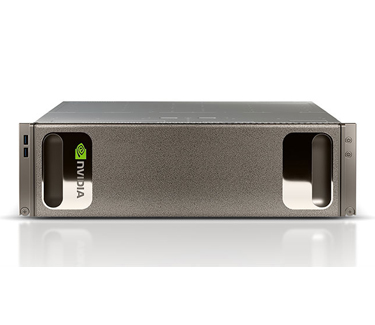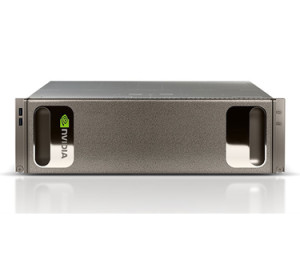Today Red Hat announced it is collaborating with NVIDIA to bring a new wave of open innovation around emerging workloads like artificial intelligence, deep learning and data science to enterprise datacenters around the world. Driving this effort is the certification of the world’s leading enterprise Linux platform, Red Hat Enterprise Linux, on NVIDIA DGX-1 systems. This certification provides a foundation for the rest of the Red Hat portfolio, including Red Hat OpenShift Container Platform, to be deployed and jointly supported on NVIDIA’s AI supercomputers.
Red Hat Enterprise Linux’s enablement of NVIDIA GPUs on our Sierra supercomputer provides commonality across our systems, greatly facilitating our users’ ability to exploit the world’s third fastest computer,” said Bronis Supinski, CTO of Livermore Computing.
As NVIDIA DGX-1 systems enter the datacenter to provide powerful AI platforms, IT teams will often want to manage and maintain these systems within their existing operations, which frequently are Red Hat Enterprise Linux-based. The ability to use Red Hat Enterprise Linux on NVIDIA DGX-1 hardware provides not only a familiar control plane and SELinux-secured user environment for IT teams to weave into their existing workflows, but can also serve as a catalyst to drive further innovation with AI and deep learning.
Enterprises across many industries, including those in the public sector, oil and gas, financial services and more, will now be able to more effectively integrate NVIDIA architecture into existing infrastructure environments with Red Hat Enterprise Linux acting as the common “bridge.” In support of greater flexibility across enterprise environments, current Red Hat Enterprise Linux customers will be able to use existing subscriptions on NVIDIA DGX-1 systems, backed by both Red Hat and NVIDIA. Additionally, organizations using Red Hat Enterprise Linux on NVIDIA DGX-1 systems will also have a foundation for the industry’s most comprehensive enterprise Kubernetes offering in Red Hat OpenShift Container Platform, extending cloud-native support to emerging workloads.
ISVs can move existing Red Hat Enterprise Linux-certified applications to NVIDIA’s new class of systems with little-to-no changes, gaining easier access to advanced AI and deep learning capabilities to support more intelligent workloads.
In the realm of high-performance computing, Red Hat and NVIDIA deliver technologies and expertise to fuel two of the world’s fastest supercomputers, Summit and Sierra. As part of a broader group of industry leaders, Red Hat helped bring both of these systems online providing a model not only for next-generation high-performance computing (HPC) in performance-sensitive environments but also for the enterprise datacenter of the future.
Red Hat Enterprise Linux’s enablement of NVIDIA GPUs on our Sierra supercomputer provides commonality across our systems, greatly facilitating our users’ ability to exploit the world’s third fastest computer. Since we use Red Hat Enterprise Linux as part of our software stack on our commodity technology systems, that GPU enablement reduces the effort required to move applications to Sierra, a capability that we anticipate will help benefit other GPU-based systems, such as DGX-1.”
Beyond Red Hat Enterprise Linux certified and supported on NVIDIA DGX systems, the companies intend to collaborate on broader open source initiatives, including:
- NVIDIA GPU Cloud (NGC) containers on Red Hat OpenShift – Red Hat and NVIDIA plan to deliver NGC containers that provide users with GPU-optimized software tools for AI and HPC based on Red Hat technologies, enabling mutual customers to take full advantage of NVIDIA GPUs.
- Heterogeneous memory management (HMM) – Red Hat and NVIDIA plan to continue upstream development of the heterogeneous memory management (HMM) feature. This kernel feature allows devices to access and mirror the content of a system’s memory into their own, enabling significant performance improvements for applications using GPUs.
Sign up for our insideHPC Newsletter





